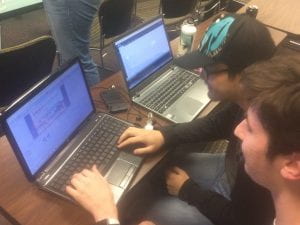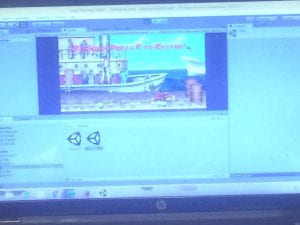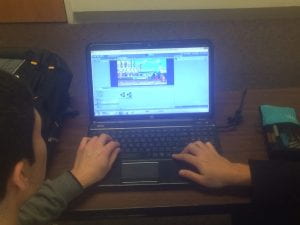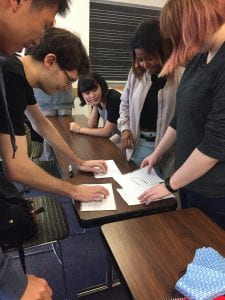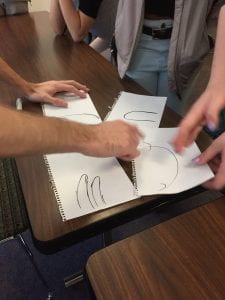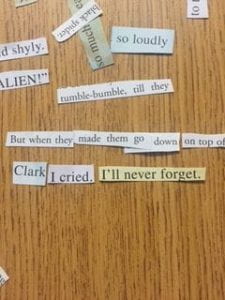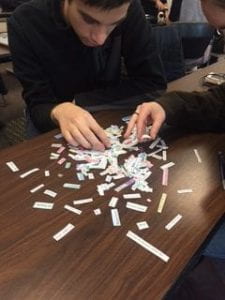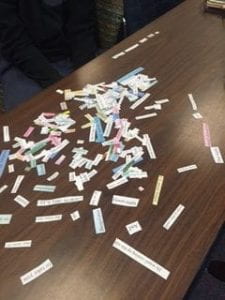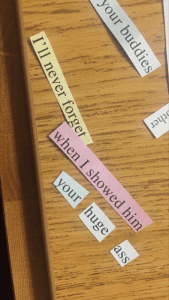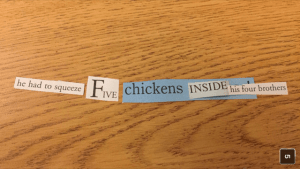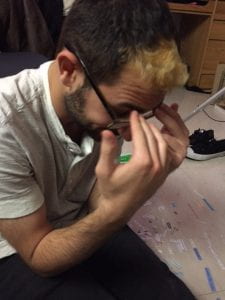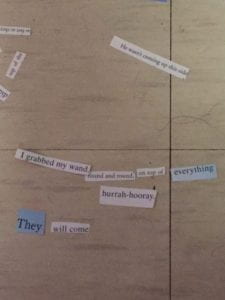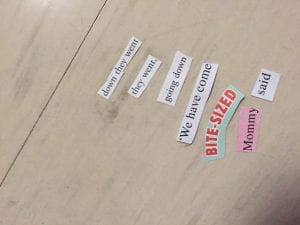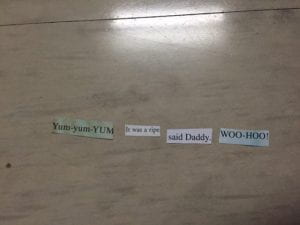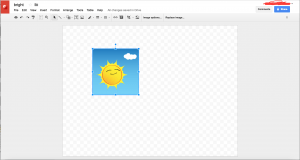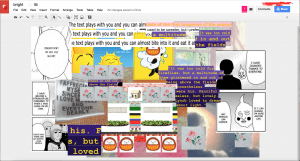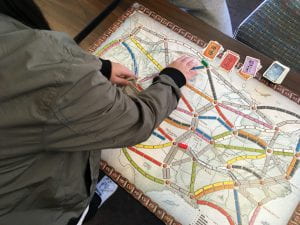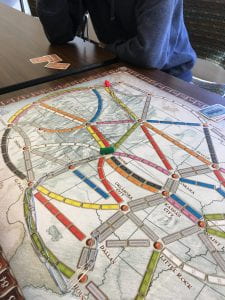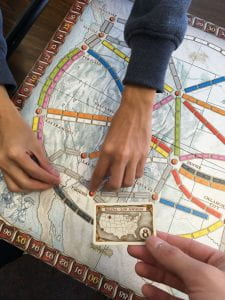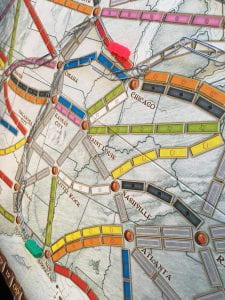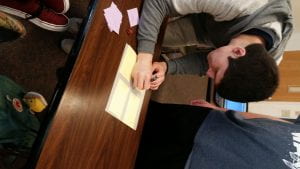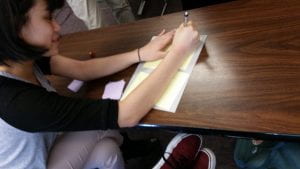Rules:
Under 10 seconds = 2 points
Under 5 seconds = 3 points
Under a foot away from previous player = 2 points
Under 6 inches away from previous player = 3 points

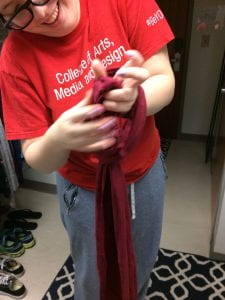
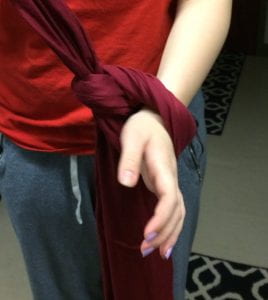
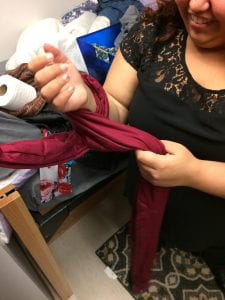
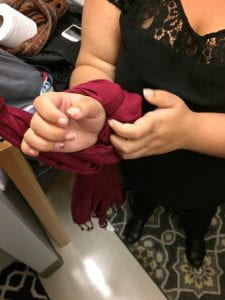

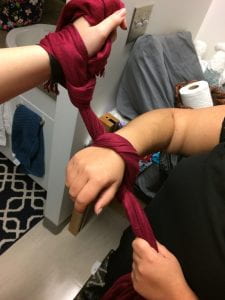

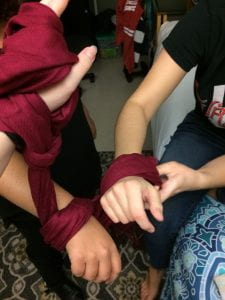
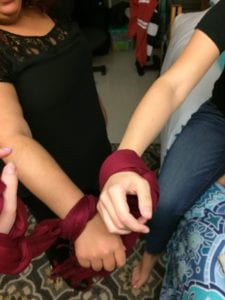

This piece was fairly hard to start. I thought that I understood what Dada and Fluxus were, but then when I had to create a game based on the ideas of these ‘movements,’ I was completely lost. I started with the one thing I definitely understood; find appropriated objects or something that may not usually stand out to me. I looked all around my room and soon discovered a set of safety pins and a washcloth. To me, these seemed like the most acceptable objects to use in a game. The next step was to figure out how to use them. I spent a fairly long time trying to determine what to do until I visited our class’ website and saw the short excerpt at the top of this project’s page. ‘Use the transformation of these objects into the materials of a game to critique, subvert or call our attention to their original meaning.’ This gave me the idea to write down all of the uses of a washcloth and safety pins and once that was done, I was able to determine which aspects I wanted to completely change. Safety pins are usually used to pin items of clothing together so that they may be sewn into a different size or shape and to alter the clothing for a better purpose. I wanted to create a game so that the safety pins would be used in a way that was actually detrimental to the players.
Learning about Dada and Fluxus was definitely a huge help in creating this game. Usually I would think up some game story and implement it for a single player. I learned to love the idea of using random objects found in the world to create a game. Fluxus taught me that games didn’t always have to be digital and that they could be cooperative with no real meaning, as seen in some of the happenings we learned about in class. Dada also taught me to turn things on their heads and create new meanings where some people may not have been looking for them.
This game was heavily influenced more so by the Dada movement than Fluxus. I wanted to turn my game into more of a random one than create a happening, but I guess during my playtest it sort of turned into a happening anyway. I had a set of rules for the players to follow, however, I like the idea that this game turned into a score with appropriated pieces.
I learned that this game should probably be a bit safer to play so I decided to experiment with different objects. I came to the conclusion that a long piece of fabric would be a better choice so that there was no chance of a player getting stabbed with a safety pin. I then decided to use a long scarf that the players would then have to use to tie knots around their wrists instead. This game went a lot quicker than the previous iteration and seemed to be more enjoyable for the players.


